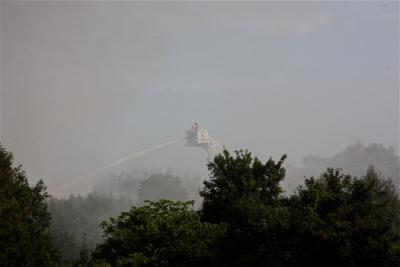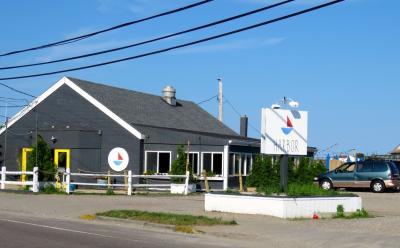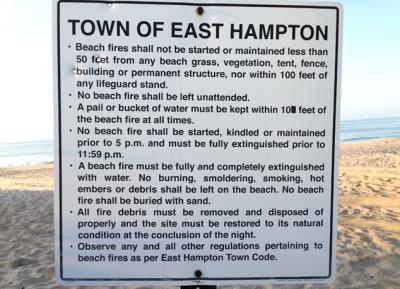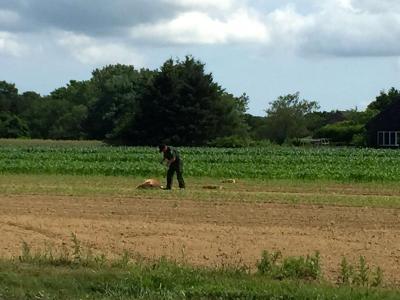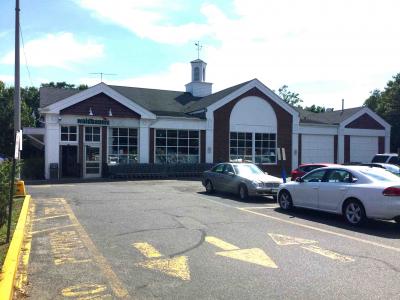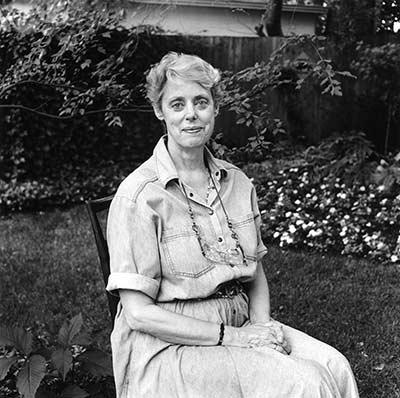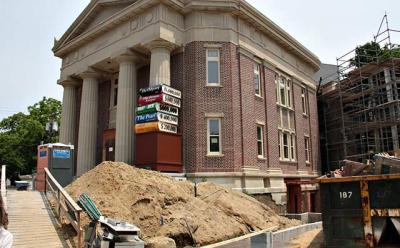Chiefs, Supe Tweet All About It
Chiefs, Supe Tweet All About It
David King, the Springs fire chief, keeps a tight watch on the department’s Facebook page, especially after an unexpected post implied poor conduct.
A reader once uploaded a photo of a fireman on the scene without turnout gear, the necessary suit and equipment to combat fires. Chief King surmised the picture could have been taken hours after the fire was extinguished, but out of context it evoked sloppy protocol and unprepared firemen.
Now, Chief King refuses to post content that may be misconstrued and does not grant just anyone permission to publish. He sticks with photos that portray positivity, like summer barbecues and department awards. He is convinced no one saw the unfortunate post, but in case it happens again, he does not want someone to think, “Jeez, this is normal operating procedure for you guys?”
In an attempt at transparency, a number of East End police and fire departments and public figures have begun using social media to reach and appease residents. Some have been particularly taking advantage of it since the recent uproar over Montauk’s party scene. Yet, by embracing these outlets, they have also made themselves vulnerable to criticisms and misconceptions.
Michael Sarlo, the chief of the East Hampton Town Police Department, oversees its Twitter and Facebook pages himself, using them to highlight enforcement efforts and provide traffic updates or report on incidents. He also lists the number of arrests, summonses, calls, and citations over a certain period of time in a given location.
37 town ordinance, 16 parking & 24 traffic citations, and 5 arrests made in Montauk overnight.
— EHTPD (@EHTPD1) July 12, 2015
“I’m hoping it’s reaching the people who are coming to visit us to see ‘Wow those guys out there are writing a lot of tickets.’ So it’s hopefully somewhat of a deterrent as well,” he said.
One such post from July 11 provoked anger and an ensuing Twitter spat from Ditch Plains Taxi, which replied, “as law enforcement, this is very unprofessional to use social media to this capacity.” They then linked the department’s tweet to their own Twitter page and wrote the department was boasting “about ticketing the public.”
In a rare move, Chief Sarlo decided to respond. He doesn’t believe Twitter serves as the proper forum for discussion and, like Chief King, is careful to screen for possible misinformation.
“Thank you, law enforcement uses information sharing to help deter offenses, not boast,” read his response on Twitter.
“Save it for the blotter in the @EHStar this is low class and unprofessional,” replied Ditch Plains Taxi. The conversation ended there.
Larry Cantwell, the East Hampton Town Supervisor, created a Twitter account in May, and has already received some Twitter bashing as well. On June 5 he tweeted, “@uber cab partners need to be licensed like the 300 local cabs already are in #EastHampton.” Many agreed with Mr. Cantwell, but others called for him to “rethink the laws” and make the town safer by supporting Uberin East Hampton.
Jolene Sugarbaker tweeted back, “@LarryCantwellEH Consumers have spoken, we demand this service! Get off your Political High Horse, Major Cities have accepted just fine.” She continued to tweet several times, accusing Mr. Cantwell of allowing drunken driving on the road.
For Mr. Cantwell, Twitter is not his main social media outlet. He cares more about Facebook, and is a veteran user. He established his “official” page a few years ago and still has a personal profile. Sixty-five people follow him on Twitter and over 2,000 like him on Facebook. So far, he has found that Twitter works well for reaching the out-of-towners, but unlike Chief Sarlo, he wants to focus on residents and prefers Facebook for that.
After the Fourth of July revelries in Montauk, he published a statement on Facebook saying, “The unacceptable behavior of visitors to Montauk last weekend is outrageous and clearly requires prompt and forceful action. I have directed all of our enforcement personnel to bring their full resources to address illegal activity. There are many issues to address and I am committed to do so. I want to thank the Police Department and our other enforcement departments for their cooperation. We will all work with the residents of Montauk and turn this untenable situation around.”
The post garnered 195 likes, 50 comments, and 21 shares, well above his average of 30 or so likes.
“This is me. This is Larry talking. I just want to be able to provide as much information in a timely way as I can. I feel I have a responsibility as supervisor to do that,” he said.
Chief King and Chief Sarlo agree that social media has increased awareness and helped pump up their departments’ public relations. Yet Chief King remains vigilant about gossip or inappropriate comment.
“I’m going to deal with them harshly,” he said. “Lucky we haven’t had any of that.”
“Hopefully the chief won’t ban me for starting this page,” reads the first status on his department’s Facebook page from 2010. Apparently, things went okay.
(function(d, s, id) { var js, fjs = d.getElementsByTagName(s)[0]; if (d.getElementById(id)) return; js = d.createElement(s); js.id = id; js.src = "//connect.facebook.net/en_US/sdk.js#xfbml=1&version=v2.3"; fjs.parentNode.insertBefore(js, fjs);}(document, 'script', 'facebook-jssdk'));
The unacceptable behavior of visitors to Montauk last weekend is outrageous and clearly requires prompt and forceful...
Posted by Larry Cantwell on Saturday, July 11, 2015

